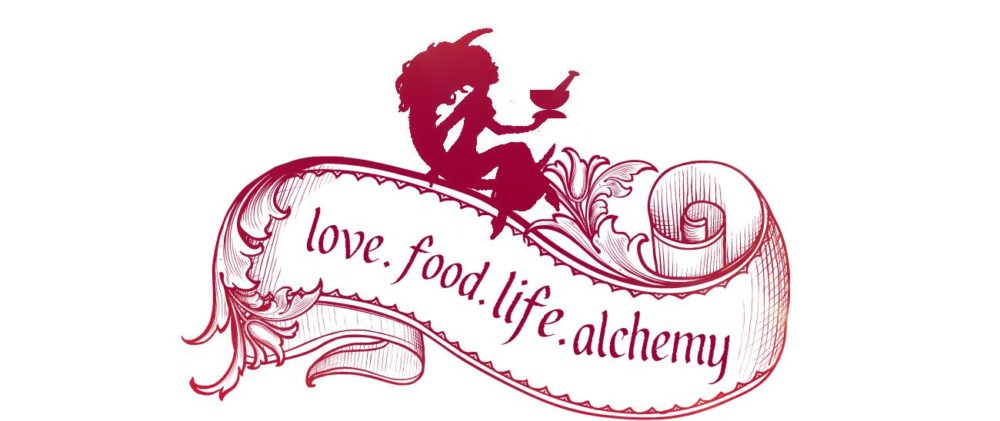We all have an emotional quotient. Emotional quotient is an indicator of success and fulfillment and your ability to recognize and understand what others are feeling. A highly aware person recognizes what others are feeling always and has empathy. Your emotional intelligence can be improved just like a muscle.
Today is about the art of awareness in relationships and how awareness can be increased. The first awareness skill is sensing how the back and forth in relationships is going – is the giving and receiving balanced? The second awareness skill is to know when you are connecting and when you are not – the feeling of disconnect. The final awareness skill of detachment permits intimacy without being lost or suffocated by it.

Day 11 – The Art of Awareness
CENTERING THOUGHT
Every day my awareness brings me more insight into my relationships.
SANSKRIT MANTRA
Pragyanam Asmi (My true self is pure intelligence.)
MESSAGE OF THE DAY
Today’s meditation is about learning the art of awareness in relationships. The first awareness skill is to become aware of any imbalance in the give-and-take in the relationship. Next is being able to sense when the connection is getting stronger or weaker. And finally learning to be in a state of detached awareness. Having awareness that is nonattached means you are fully aware of what is happening, but your stability and clarity are not disturbed by life events and circumstances.
Journal Reflection Questions:
1. Take any relationship and consider how it feels as a back-and-forth. Who is giving or taking, listening or being listened to, appreciating or being appreciated, being supportive or needy? If you detect a strong imbalance, be specific in your journal about what is going on. When you feel comfortable, consider talking to the other person about bringing things back into balance.
2. Consider the dynamics of connecting and disconnecting. Take any relationship and write down three things that make you feel strongly connected to that person and three things that make you feel disconnected. Things like religion, politics, sex, and manners can be strong connectors or strong disconnectors. The same is true of emotions. Righteous anger can be a connector while random hostility is a disconnector. Looking at your list, reflect on how you could potentially talk to the other person about both the connections and disconnections that are occurring regularly.
3. Journal about what behavior in another person draws you in but ultimately has a negative effect on you. For example, you could be excited by people with drama in their lives, but find that drama usually develops between you two when you become too involved with that person. Now, journal about any times where you managed to be detached – were the results more positive? Healthy detachment develops gradually and needs to be reinforced by remembering the times when detachment worked out better than being too involved.
4. Reflect further on your experience today.
“The first step toward change is awareness. The second step is acceptance.” – Nathaniel Branden

